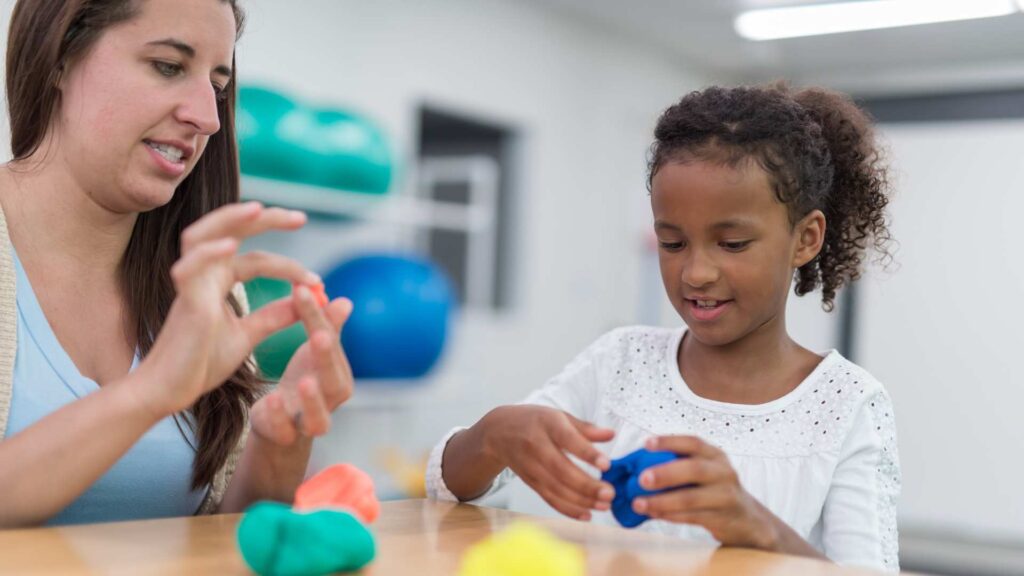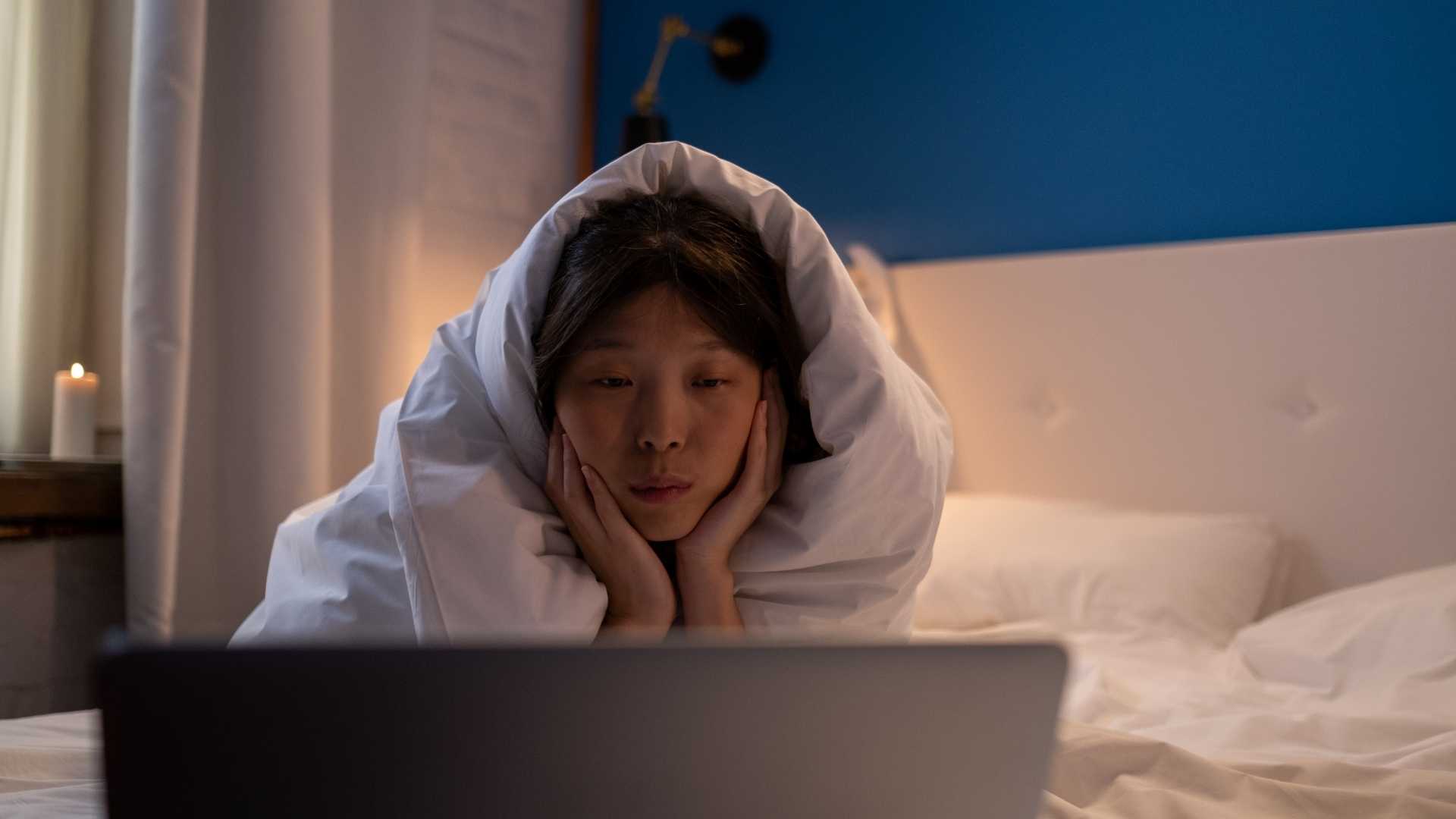How does art therapy help with autism?
Receiving a diagnosis of autism spectrum disorder (ASD) prepares parents and caregivers to seek options to enhance the skills of their loved ones. Currently, there are many options for addressing the more challenging aspects of autism; some employ medications, others behavioral therapies, and some explore more innovative approaches such as art therapy in autism.
You may wonder, “How does art therapy help with autism?” Let’s remember that many individuals diagnosed with autism may have difficulty communicating, with some being nonverbal. Art therapy in autism works as a nonverbal tool that allows neurodivergent individuals to share their thoughts, emotions, and experiences creatively and playfully.
Many of our clients in Woodstown, Trenton, Paterson, and other areas of New Jersey have applied a dynamic and creative approach alongside ABA therapy to foster the development of children and adolescents diagnosed with autism. Discover the benefits of integrating art therapy into your children’s ABA treatment in this blog by ABA Centers of New Jersey.
Understanding Autism
Autism is a complex neurodevelopmental condition characterized by challenges with social interaction, communication, repetitive behaviors, and, sometimes, restricted interests. It is referred to as a spectrum disorder because it can manifest in a wide range of symptoms and severity levels, varying from individual to individual. The exact cause of autism is still not fully understood, but research indicates that it involves a combination of genetic and environmental factors.
Individuals with autism may have difficulty understanding and interpreting social cues, such as facial expressions and body language, which can make it challenging for them to engage in typical social interactions. Communication difficulties can range from delayed speech development to a complete absence of verbal language. Repetitive behaviors, like hand-flapping or rocking, and adherence to strict routines are also common characteristics.
There are various approaches to support individuals with autism, tailored to their specific needs and abilities. Behavioral therapies, such as Applied Behavior Analysis (ABA), focus on reinforcing desired behaviors and teaching new skills through structured interventions. Additionally, alternative approaches like art therapy, music therapy, and animal-assisted therapy can provide alternative channels for self-expression and emotional regulation.
What is Art Therapy?
Art therapy is a therapeutic approach that combines the creative process with psychotherapeutic techniques to enhance mental well-being, as explained by the American Art Therapy Association. A professional art therapist facilitates this form of therapy and supports personal, relational, and community treatment goals.
The key objective of art therapy is to help individuals who are experiencing developmental, medical, educational, social, or psychological impairment. It involves the use of creative techniques like drawing, painting, collage, coloring, or sculpting to help people express their emotions and thoughts.
Benefits of Art Therapy in Autism
The American Journal of Occupational Therapy found that art interventions had several benefits for children with ASD, including improvements in social interaction, communication, emotional expression, and reduction in anxiety and challenging behaviors.
Moreover, one of the primary benefits of art therapy for individuals with autism is its ability to bypass traditional language barriers. Many individuals with autism struggle with verbal communication, but through art, they can express themselves more freely, allowing therapists and caregivers to gain insights into their inner worlds. This nonverbal mode of expression can be beneficial in addressing emotional difficulties and enhancing self-awareness and self-esteem.
Art therapy provides a structured and predictable framework, which can be comforting for individuals with autism who thrive on routine and predictability. The creative process itself can help develop cognitive skills such as problem-solving, planning, and sequencing while also promoting fine motor skills and coordination.
The Journal of the American Art Therapy Association also suggests that art therapy can be an effective way to restore balance to brain functions affected by trauma and attachment disruption. By participating in art therapy, an individual can positively influence their neurobiological responses, leading to improved mental health outcomes. The idea is that through artistic expression, people can help heal their brains and minds and improve their overall well-being.
Types of Art Therapy in Autism
Art therapy can tailor various modalities to meet the specific needs and preferences of individuals with ASD. These types of art therapy provide diverse avenues for self-expression, communication, and emotional regulation and cater to each individual’s unique strengths and challenges.
1. Visual Art Therapy: Visual art therapy involves the use of traditional art materials such as paints, markers, pencils, and clay. Individuals with autism can engage in drawing, painting, sculpting, and collage-making to express their thoughts, feelings, and experiences. Visual art therapy provides a non-verbal means of communication, allowing individuals with autism to convey complex emotions and ideas that may be difficult to articulate verbally.
2. Music Therapy: Music and sound can be therapeutic tools to address various goals, including communication, social interaction, and sensory integration. Neurodiverse individuals can engage in activities such as singing, playing musical instruments, and listening to music to enhance self-expression, improve auditory processing skills, and regulate emotions. Music therapy can also promote relaxation and stress reduction, helping individuals manage sensory sensitivities and anxiety, according to the National Library of Medicine.
3. Dance/Movement Therapy: Individuals with ASD can participate in structured movement activities, improvisational dance, and sensory-based exercises to explore their bodies, develop motor skills, and enhance emotional regulation. Dance/movement therapy can also foster a sense of connection and belonging within a group setting, promoting social engagement and cooperation.
4. Theater Therapy: This type of art therapy involves the use of dramatic activities and role-playing exercises to facilitate self-expression, social skills development, and creative problem-solving. Individuals on the spectrum of all ages can engage in improvisational games, storytelling, and scripted performances to explore different perspectives, practice social interactions, and build confidence in communication.
5. Expressive Writing: Writing therapy encourages individuals with autism to explore their thoughts and feelings through written expression. Through journaling, poetry writing, and creative writing exercises, individuals can process their emotions, reflect on their experiences, and develop language skills. Expressive writing therapy provides a structured outlet for self-expression and self-discovery, promoting emotional well-being and self-awareness.
Including Art Therapy in ABA Sessions
At ABA Centers of New Jersey, our empathetic therapists can incorporate various approaches into ABA therapy sessions to enhance the effectiveness of treatment, including elements such as music, painting, dance, and other artistic forms of expression with which the client feels comfortable and can develop new communication and expression skills.
Combining the structured and goal-oriented approach of ABA with the creative and expressive elements of art therapy, therapists can create a more holistic and individualized intervention plan that addresses the diverse needs of each client. Here are several ways in which incorporating art therapy into ABA sessions can enhance treatment:
- Facilitate enhanced communication skills through alternative means of expression such as drawing, painting, or sculpting
- Increase engagement and motivation by incorporating creative and hands-on art activities
- Support emotional regulation and behavior management through structured art therapy techniques like mindfulness exercises or guided imagery
- Promote social skills development by providing opportunities for social interaction and collaboration during group art dynamics
- Address sensory sensitivities and challenges with sensory processing through sensory-based art activities
- Utilize art-based reinforcement strategies to capitalize on individuals’ interests and preferences, making learning experiences more meaningful and rewarding
- Encourage individuals to explore their thoughts, feelings, and experiences through art
- Enhance problem-solving skills and cognitive development through creative problem-solving activities
- Provide a safe and supportive environment for individuals to explore and express their creativity without fear of judgment
ABA Centers of New Jersey and Creative Approaches!
For the improvement of children, teenagers, and adults on the spectrum, there are currently many approaches with specific objectives that can help individuals enhance their quality of life while applying more creative and holistic methods to their therapies.
Find support and alternative treatments at ABA Centers of New Jersey, where our team of specialists will work to identify the best way to incorporate additional methods into ABA therapy, such as integrating elements of art therapy.
Call us at (855) 640-7888 or schedule a free consultation with our autism care specialists to assess treatment plans that best suit the needs and goals of your loved one on the spectrum.








